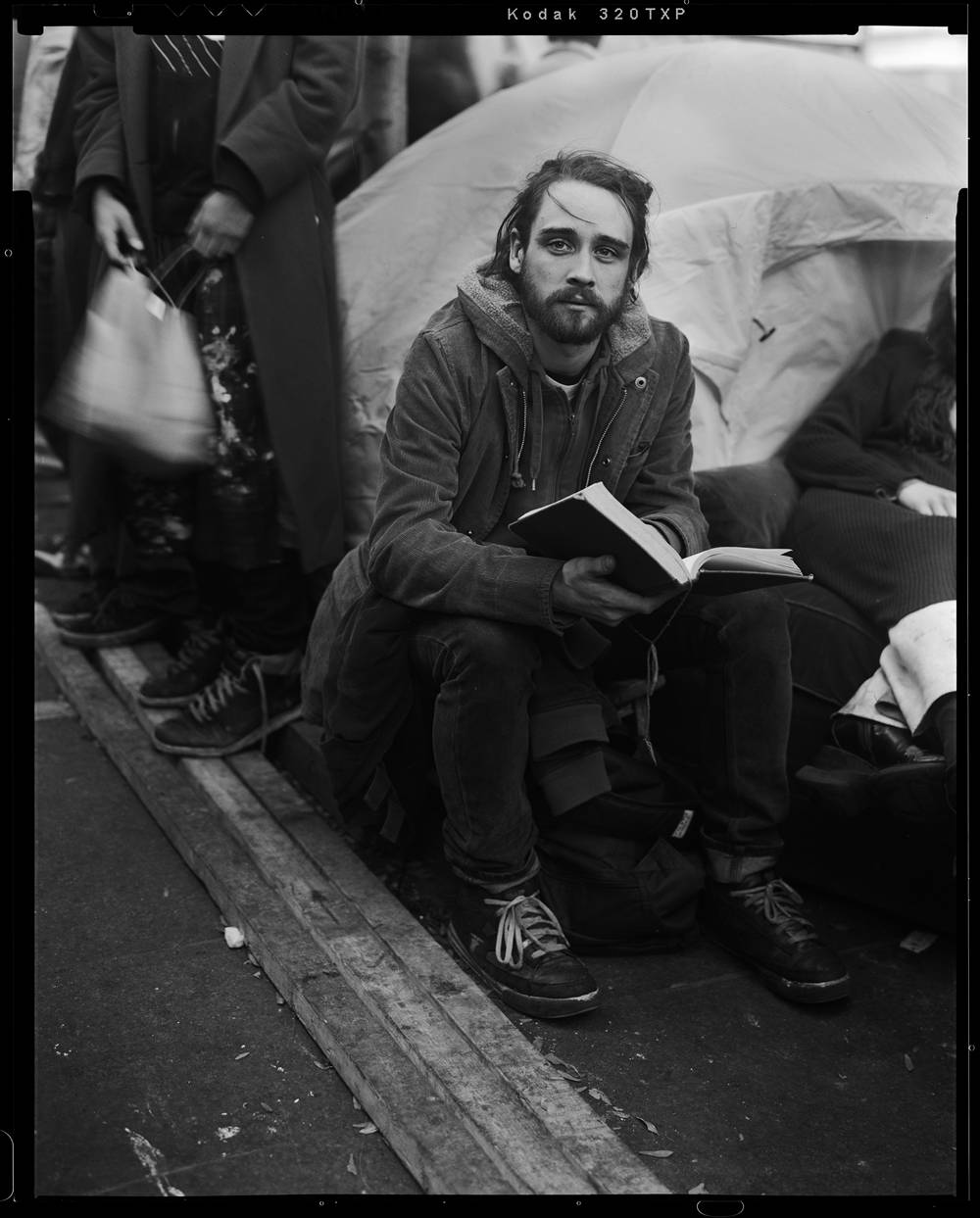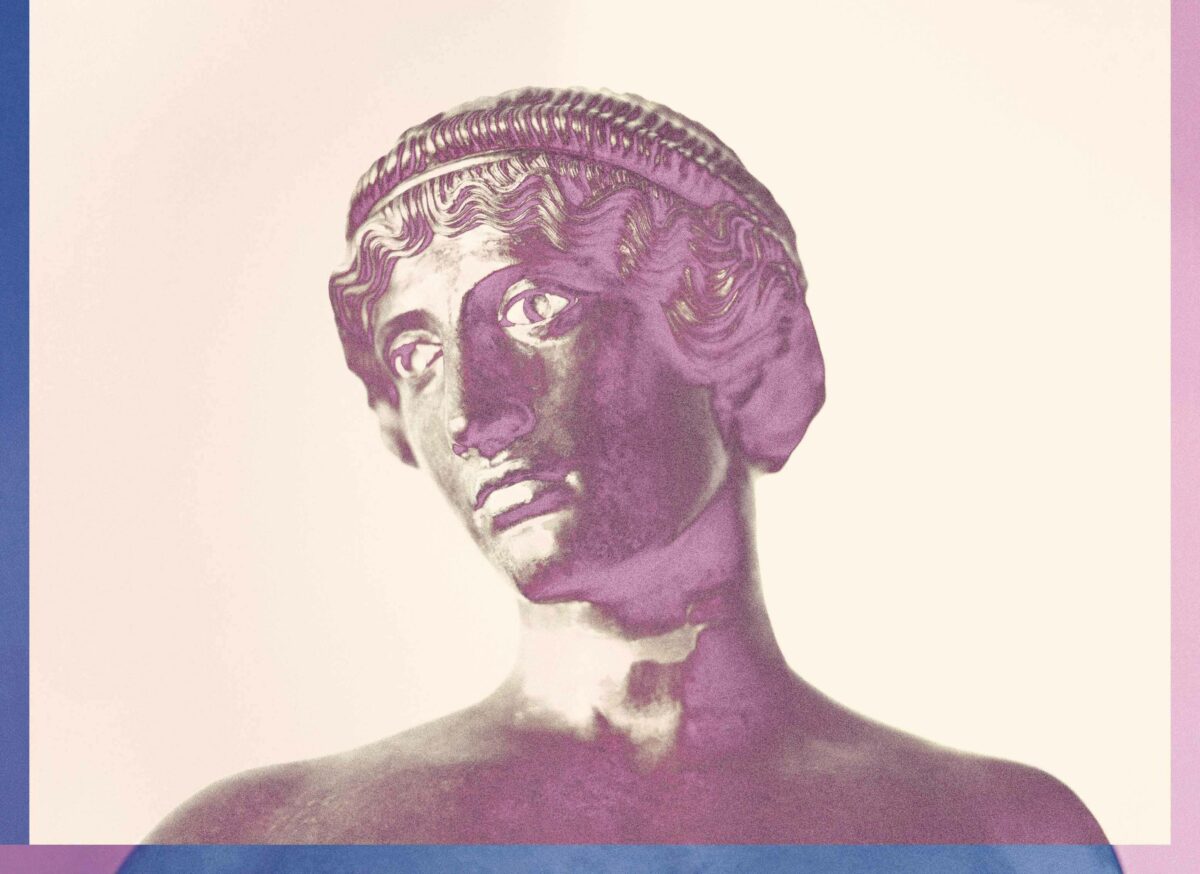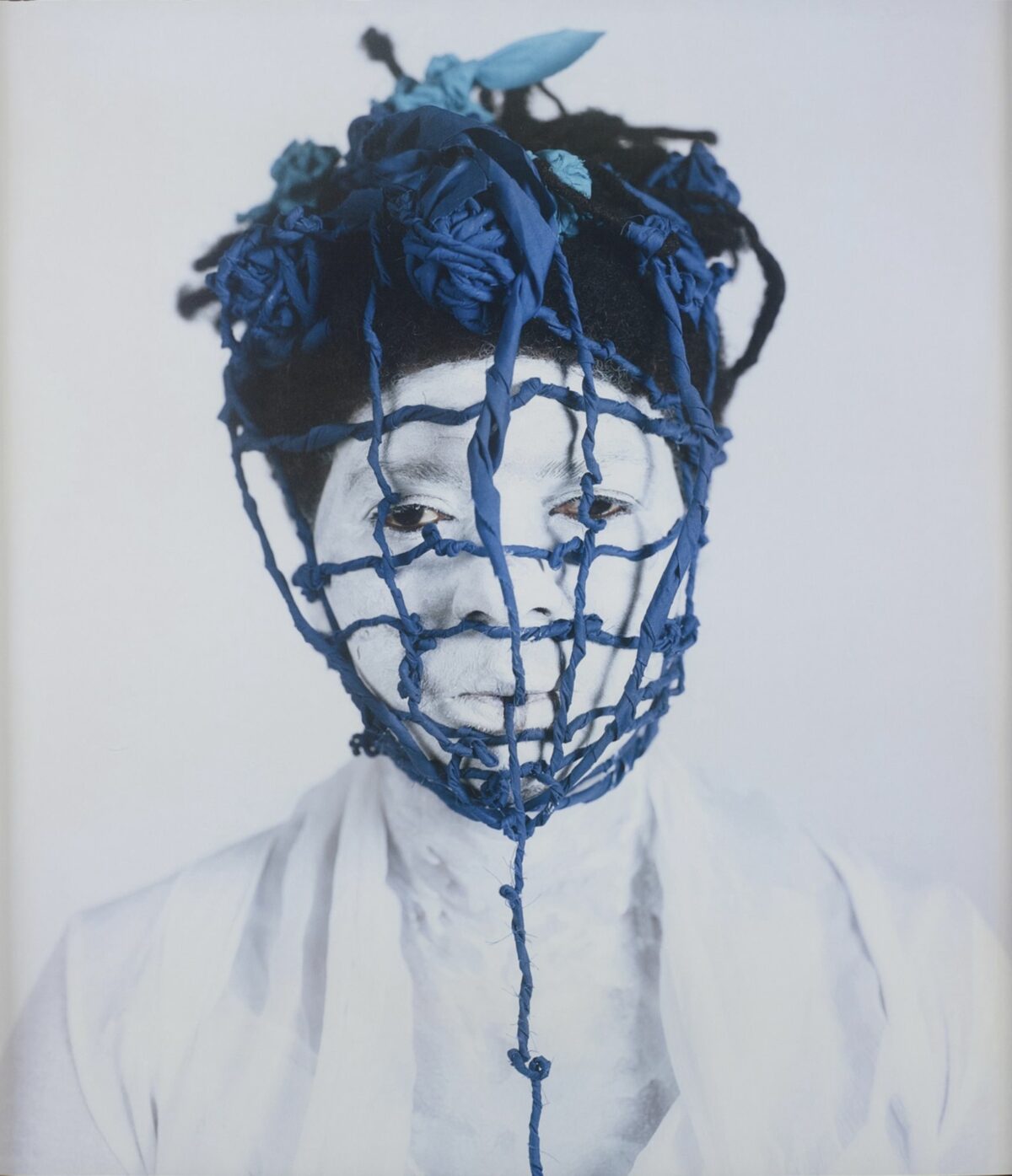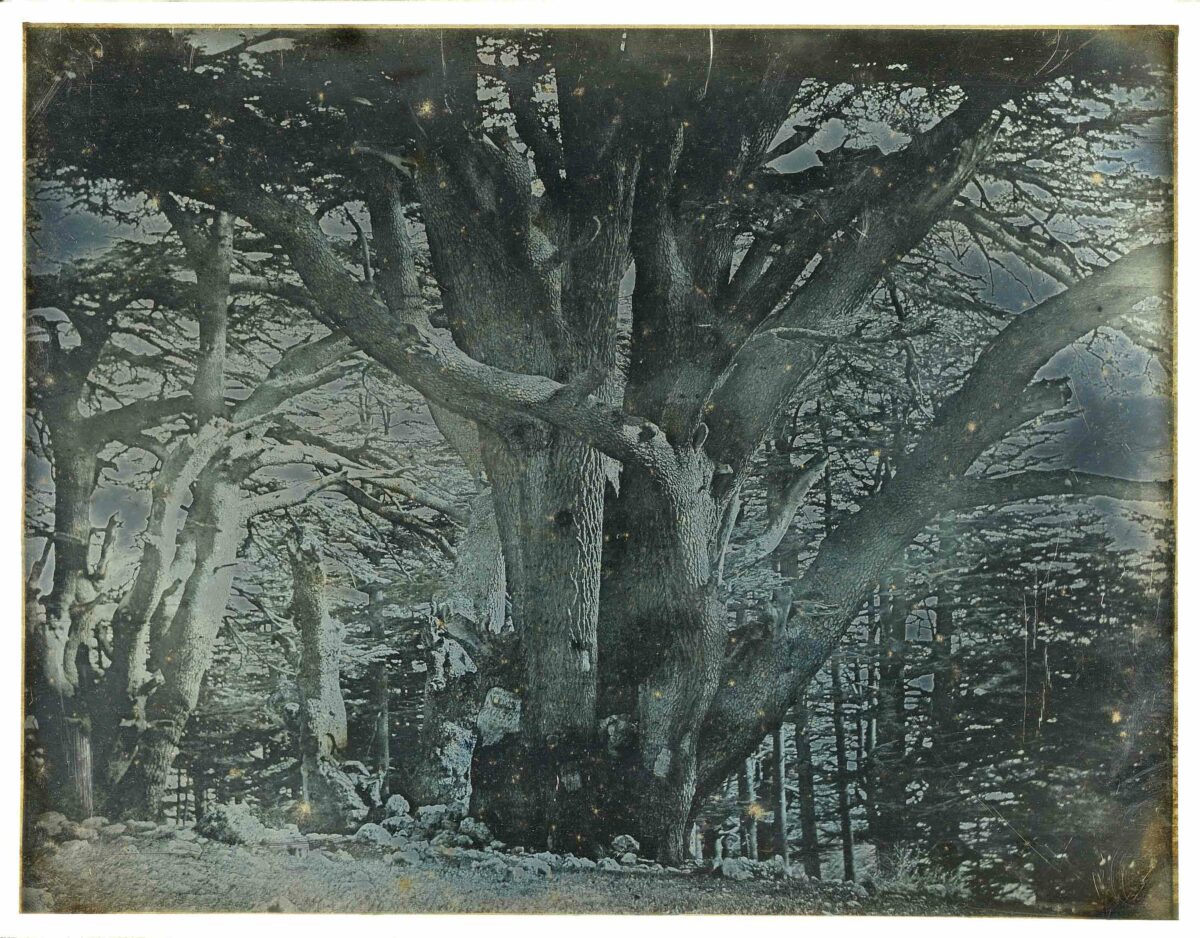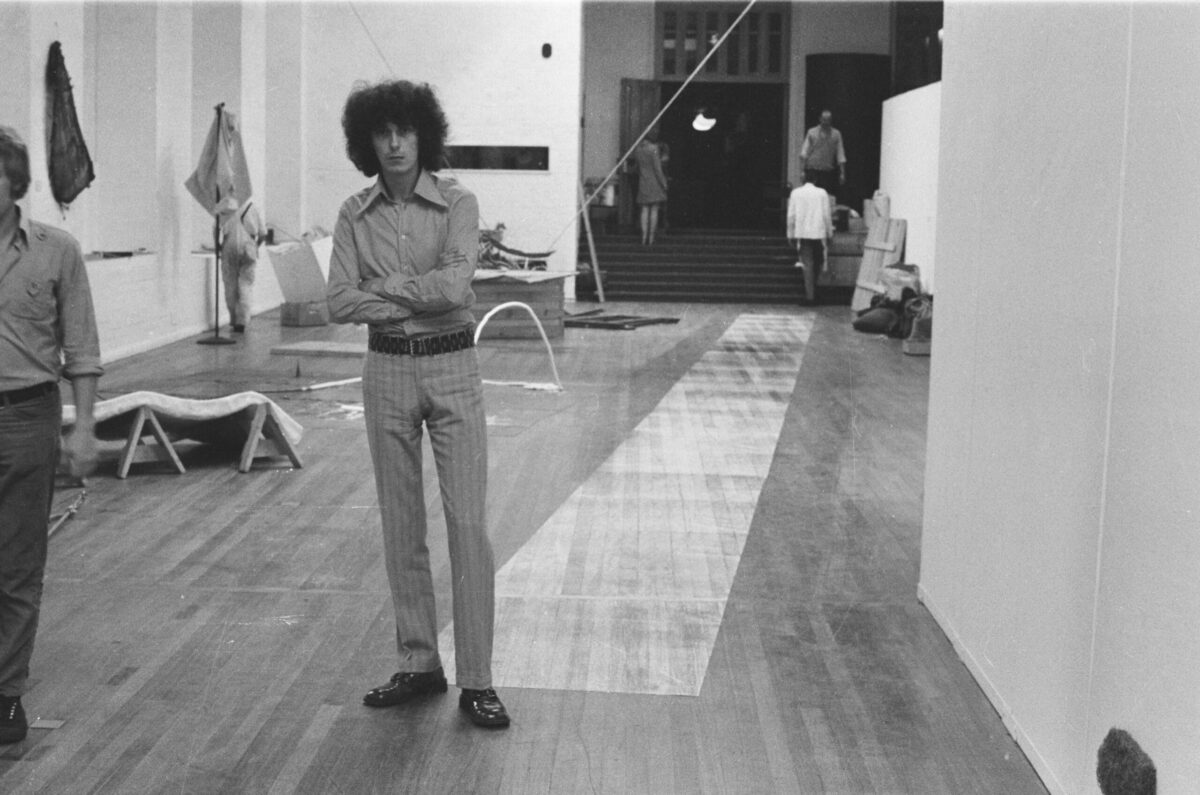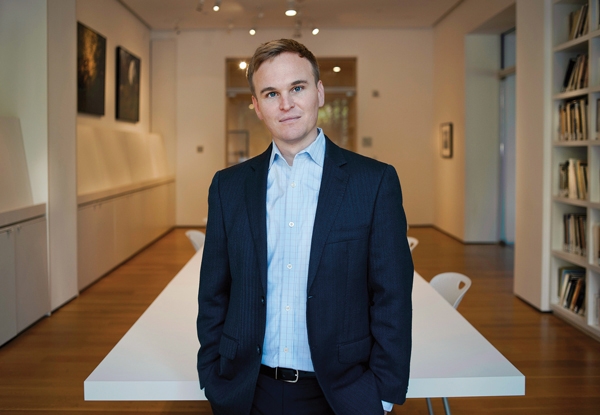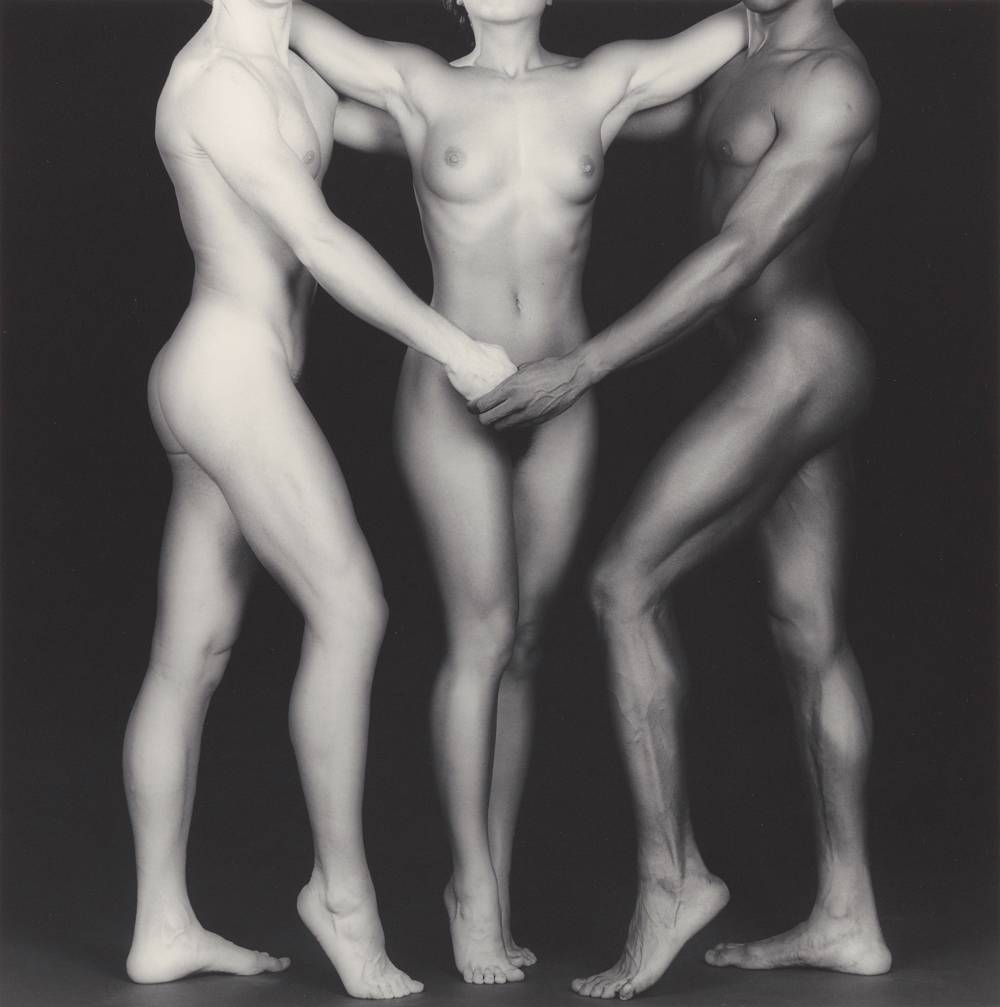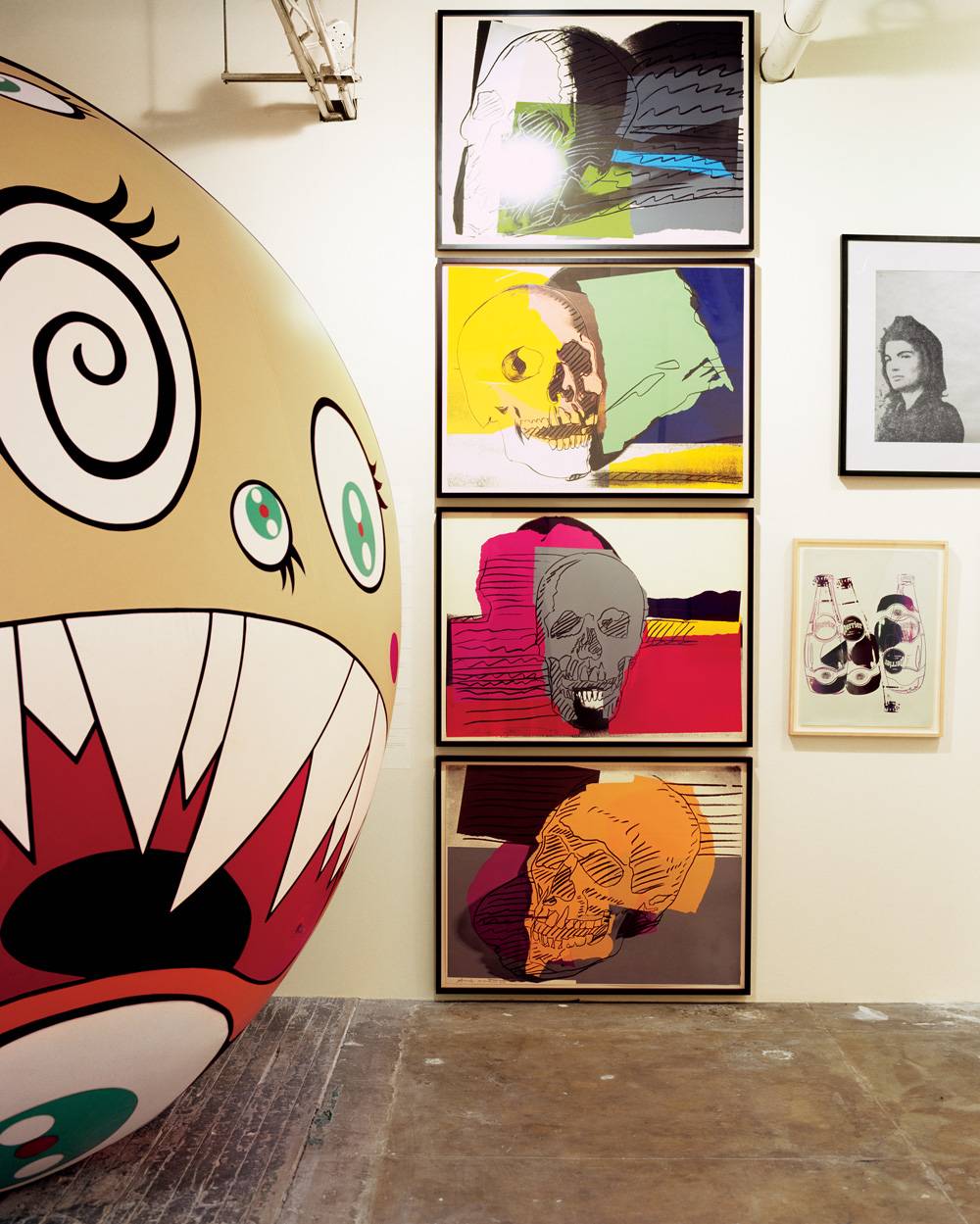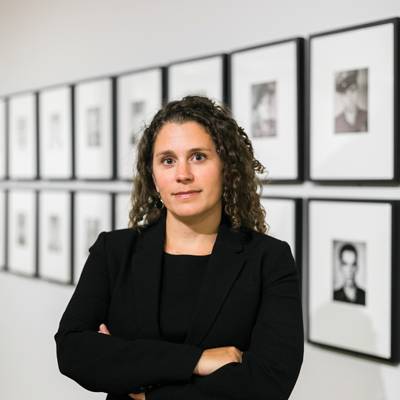We asked Kelli Connell to tell us about a picture that means something to her, and why. Her new series Pictures for Charis opens at the Center for Creative Photography in 2025 (it has been postponed from its original opening date of February 17, 2024). The series considers the relationship between Edward Weston and Charis Wilson. Connell, known for her ongoing series Double Life, traveled with her partner, Betsy Odom, throughout the state of California, to sites where Weston and Wilson lived and made work together, as she investigated the photographer-sitter dynamic and considered issues of gender, sexuality, and relationships. The exhibition is co-organized by the CCP, the High Museum of Art, and the Cleveland Museum of Art, and a book of the work is forthcoming from CCP and Aperture in early 2024.
It was Chas, a college crush, who first introduced me to Charis Wilson. Before my lifeguard shifts in the summer of my junior year, we would lie on the floor of Chas’s apartment, poring over piles of photography books. The charged space between our bodies was compounded by the excitement we felt devouring those images. We were enamored with Larry Sultan’s Pictures from Home and shocked, yet fascinated, by Larry Clark’s Tulsa. We returned often to William Eggleston’s Guide, delighted by his sense of humor and delectable use of color. We studied picture after picture in monographs by photographers like Diane Arbus, Sally Mann, and Francesca Woodman.
That summer, Chas gave me a postcard with a picture of a woman floating in a pool. She looked as if she had been there for a long time, swaying gently on the water’s surface. Her legs rested on the pool’s shallow ledge. I didn’t know this was a photograph of Charis then. The title simply read Nude Floating. I also didn’t know that the image was made by Edward Weston. I had yet to see images of Charis posing nude in Edward’s studio or sunbathing on their deck in Santa Monica Canyon or rolling down the dunes in Oceano. And I was not yet aware of Charis, Lake Ediza, which I consider one of the most compelling portraits ever made, taken while Charis and Edward were hiking together in the Sierra Nevada.
I immediately fell in love with the image on the postcard, and maybe with Charis, or perhaps I just recognized something of myself in her. As a teenager, I would often finish my swim-team workouts by floating between the red-and-white striped lane dividers, heels propped on the edge of the pool, body exhausted, goggle impressions around my closed eyes.
When Edward saw Charis floating in the pool in the backyard of her father’s house, he ran to grab his camera. The scene was documented, not posed. I first saw Charis through Edward’s composition, and in a sense, through his eyes, but it was through her words, years later, that I would learn about them both.


